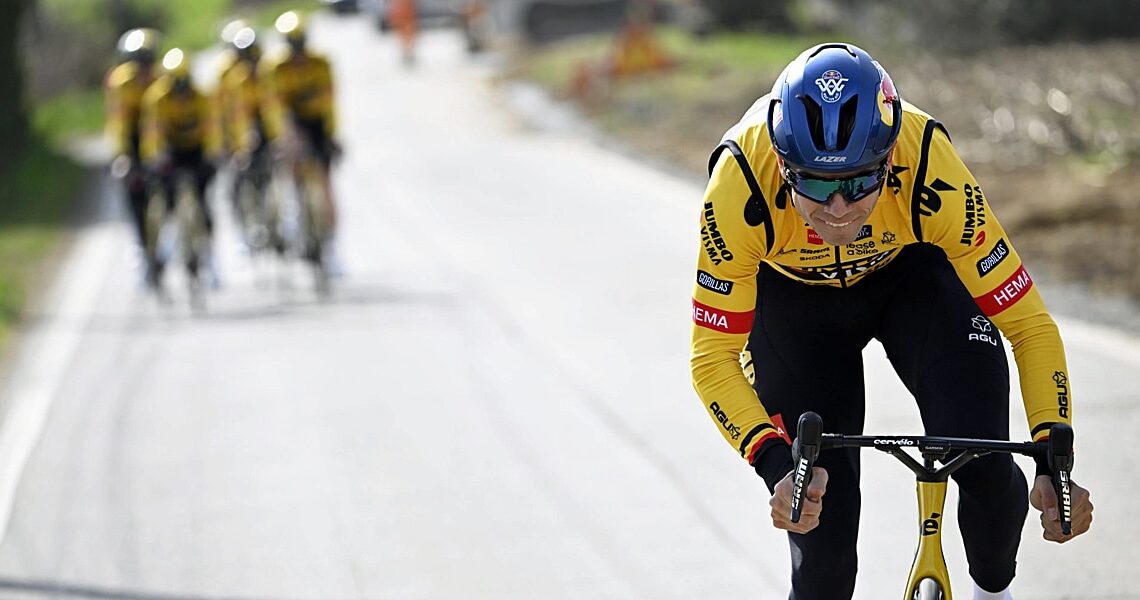
Hiring a coach is definitely one approach to improving your training and performance. Many of us coach ourselves though. If you take this approach, here are some traps to avoid falling into.

Get a coach, or coach yourself?
I became a student of endurance training well before I became a racer. I was flipping through the channels on a lazy July morning and landed on a time trial stage of the Tour de France. The graphics showed the riders rocketing along the tarmac at more than fifty kilometers an hour and I was transfixed. How did they get so fast? I wanted to learn how to do that. I started googling and even went to the library to borrow Edward Borysewicz’s seminal 1985 book Bicycle Road Racing. I studied everything I could about training and made it a long way through coaching myself before I ever met a “cycling coach”.
I remember being resistant to the idea of outside help. I knew my body, I knew the facts, why complicate it. Of course, I was wrong. I was making obvious mistakes that were holding me back but I either couldn’t see them or couldn’t seem to avoid repeating them under my own supervision. I was talking myself into bad habits and out of good performances.
I had to “fire myself” as my own coach to correct these errors and get to the next levels in the sport. You may not have to go that far if you prefer self-coaching. But there are certain pitfalls that almost all athletes run into when prescribing their own training. Here are the most common ones I see in my coaching business and how to avoid them.
Trying to Prove It
Data is everywhere in cycling training. Whether the goal is to win a Tour de France stage or finish under four hours in the Whistler Fondo, you can find the segment times, climbing speeds and power output required to achieve it. When you are directing your own training, it is natural to fixate on these golden numbers. If you can just hold 300 watts for 20 minutes in training, your preparation is a success and you can calm your nerves about your upcoming goal event.
So when you are feeling good in minute nine of your planned ten minutes threshold interval at that wattage, you make the coaching decision to extend the effort, dig in and see what you can do. You blow yourself up completely around minute fourteen and crawl home, leaving the other three intervals you were supposed to undone, and the workout far less effective. Your confidence is shaken and the need to prove yourself is still there, waiting to ruin another workout later in the week.
I made this mistake regularly earlier in my career, and I see it with new coaching clients all the time. We don’t trust the training and we can’t be patient. As long as you trust your coach, he or she can remove this burden and this costly brand of training mistake. For me, putting race simulation workouts on the training calendar before key events were a huge help mentally and physically in this area. I knew I had a day where I could run through the demands of my goal, feel how it was going to feel and see my performance results. With this I had a much easier time holding back in the training and not testing myself. Having this dress rehearsal tends to work with my coaching clients at all levels, helping them stay calm and confident in training and on race day.

Data is everything
Doing Half the Job Twice as Often
This second self-coaching mistake is often connected to the first one. When I start with new clients, I often see a combination of interval workouts cut short and easy or endurance days that are much harder and longer than planned. When you are coaching yourself, it can be tempting to talk yourself out of workouts on days when you aren’t feeling your best. If the first interval is a struggle and you are stuck at the low end of your power zones, you can put on your coach hat and call the workout off. You can also call the classic recovery ride audible and turn an easy spin into a KOM hunt.
With this pattern, athletes log a lot of “sort of hard” rides and very few top-level event-specific workouts and rarely recover fully, either. Everything is stuck at around 80% of what it could be, including race results and general health. When I’m coaching, I tell athletes to finish the day’s workout unless they can’t hit the low end of their power zones at all. If they do complete it, they still got a valuable session in for their fitness, and we can add recovery afterward to get things back in balance. If they simply can’t do the workout, we need to take a deeper look at the program itself. If you are coaching yourself, this can be a simple policy: “Finish your workouts first, ask questions later.”
Enjoy the Sport
The art and science of endurance training is fascinating, and it can be a big part of the draw of our sport in general. Learning, pushing our limits, and experimenting are rarely as directly rewarding in other pursuits as it is in cycling. But for me, at least, it is always good to remember that cycling isa sport and not a math equation or a recipe. If your goals are in high-performance, you will always do better when you focus on skills and playing the game of racing well. If you are simply trying to be a better rider, that process will always be easier if you engage with the riding and not just your head unit. Whether you have a coach or not, some of the best training advice is to enjoy the ride.

Enjoy!
The post Common Traps in Self-Coaching appeared first on PezCycling News.



